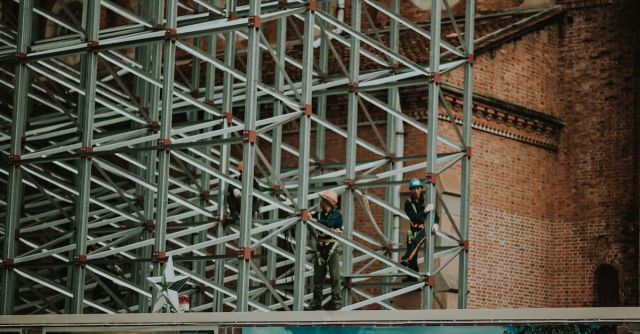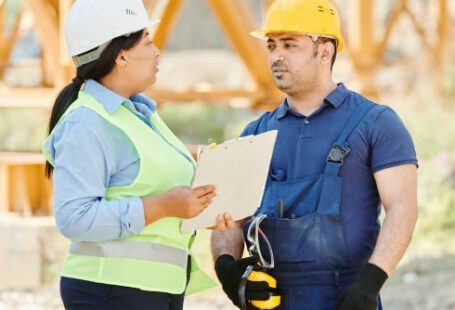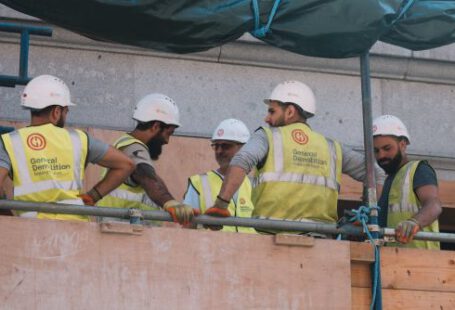The Importance of Fall Protection Equipment
Fall protection equipment is a vital component of any workplace safety system. It is designed to protect workers from the potentially deadly consequences of a fall, by helping them to maintain their balance or by providing them with an anchor point that will support them in the event of a fall. The equipment is designed to be used in a variety of situations, ranging from industrial construction sites, to firefighting, to scaffolding and rope access.
Whether it’s a full body harness, a lanyard, a rope grab, or a self-retracting lifeline, the goal of fall protection equipment is the same: to provide a worker with the security and peace of mind that comes with knowing they are protected from the dangers of a fall. While the equipment used may vary, all fall protection equipment is designed with one thing in mind: to keep workers safe.
Types of Fall Protection Equipment
There are a variety of different types of fall protection equipment available, depending on the situation and the type of work being done. In general, there are four main categories of equipment:
1. Full Body Harnesses: These are the most common type of fall protection equipment and are designed to provide full body support in the event of a fall. They typically include a belt, chest strap, leg straps, and a back support.
2. Lanyards: These are short lengths of rope or webbing that are used to connect a worker to an anchor point. They come in a variety of lengths and are designed to limit the amount of force experienced during a fall.
3. Rope Grabs: These are devices that are designed to be attached to a rope or cable, and are used to help control a person’s descent in the event of a fall.
4. Self-Retracting Lifelines (SRLs): These are devices that are designed to lock onto a rope or cable in the event of a fall, and are designed to slow down a worker’s descent and limit the amount of force experienced.
In addition to these four main types of fall protection equipment, there are also other types of equipment that can be used in certain situations. For example, there are special devices designed for use in confined spaces, such as tripods and winches.
Selecting the Right Fall Protection Equipment
When selecting the right fall protection equipment for a particular job, it is important to consider a number of factors. These include the type of work being done, the environment in which the work is being done, and the potential risks associated with the job. It is also important to consider the size and weight of the worker, as well as any other factors that may affect the safety of the worker.
Once the type of work and potential risks have been identified, the next step is to select the appropriate equipment. It is important to remember that the equipment must be suitable for the job and be suitable for the worker using it. It is also important to ensure that the equipment is properly inspected and maintained, and that it meets any relevant safety standards.
Training and Education
In addition to providing the right fall protection equipment, it is also important to provide workers with the necessary training and education to ensure that they are able to safely and effectively use the equipment. This should include instruction on the correct use of the equipment, as well as information on how to inspect and maintain the equipment. It is also important to provide workers with the necessary information on the potential risks associated with the job, so that they can make informed decisions about their safety.
Conclusion
Fall protection equipment is an essential part of any workplace safety system. It is designed to protect workers from the potentially deadly consequences of a fall, by providing them with an anchor point to support them or by helping them to maintain their balance. While the type of equipment used may vary, all fall protection equipment is designed with one thing in mind: to keep workers safe. It is important to select the right equipment for the job, to provide workers with the necessary training and education, and to ensure that the equipment is properly inspected and maintained.






